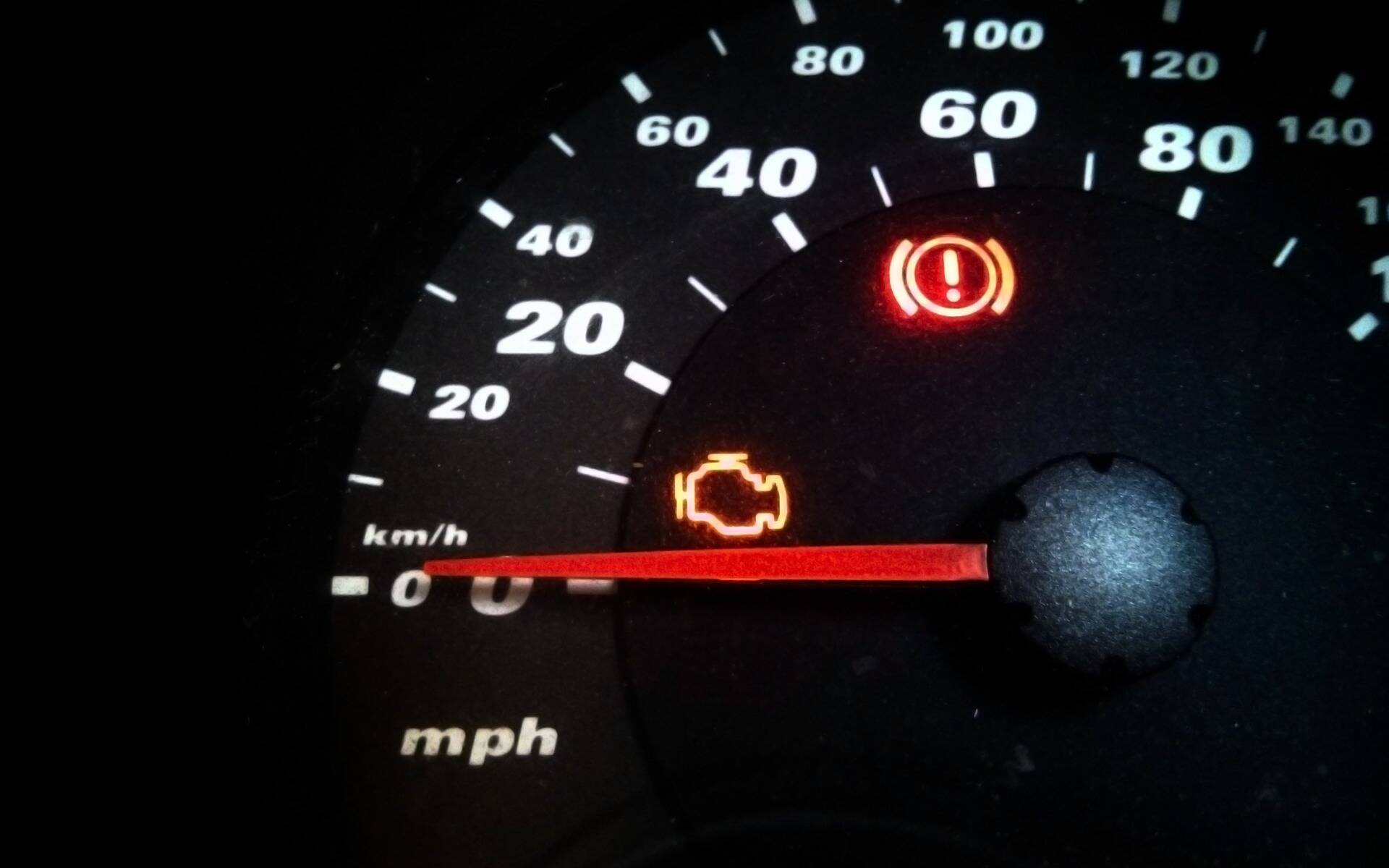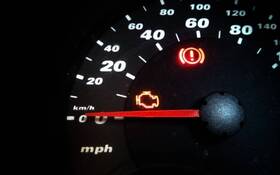10 Warning Lights You Need to Know About
Paying attention to the messages, signals, and warnings that your vehicle sends you is one of the fundamentals of maintenance and safe driving. Yet, according to a March 2021 Reviews.com survey, a quarter of drivers don't pay attention to the "Check Engine" light, meaning they don't bother checking the vehicle for faults when the engine warning light comes on.
Only 36.1% of participants take their car to the garage within a week of the warning light coming on. 29.6% of them say they will wait 1 month to 1 year to see a mechanic. About one in 10 (9.2%) prefer to wait until an obvious problem occurs before taking action.
10 Important Warning Lights
Beyond the "Check Engine" light, vehicles have a number of warning lights that are important. As soon as one of them comes on, you should know what's going on and what how to take action . Here are ten of them:

1. Locked Steering - This light indicates that the front wheels have been turned without the key in the ignition. The steering wheel can therefore no longer be turned. This is designed to prevent car theft.
2. Charging System - If the charging system is not functioning properly, this light will come on. The problem may be related to the battery, but it may also be in the voltage regulator, alternator, or a faulty/damaged wire.
3. Low washer fluid level - This light is not an invitation to turn on your wipers to clean the windshield, but rather a reminder that the washer fluid level in the tank is low. Fill it up in order to make sure you don't run out when you need it the most.
4. Anti-lock Brakes - ABS prevents the brakes from locking up, helping you slow down over shorter distances on slippery roads. If the light comes on, there's a problem with the system.
5. Automatic Transmission - This light warns the driver that there is a problem with the automatic transmission. What exactly is the problem? To find out, you'll need to call a technician. The cost of replacing a transmission is quite high, so don't take any chances.
6. Brake lights - Motorists following you on the road should be able to see your brake lights at all times. When this light comes on, it means one of them is not working. Check it immediately.
7. Traction control - This light indicates that the vehicle is skidding. It's normal for it to come on momentarily when the stability control system is working. But if it stays on permanently in the instrument cluster, there might be a problem. Also, make sure that you haven't deactivated the system off by mistake.
8. Low Oil Level - If your vehicle is leaking or burning oil, you'll see this light indicating a problem with the tank.
9. Tire Pressure - In vehicles equipped with a tire pressure monitoring system (TPMS), this light will pop up when one of the tires is under-inflated. Driving may be affected.
10. Coolant - The coolant temperature warning light comes on when the engine becomes too hot, either because the system is low on coolant, the water pump is defective, or the radiator has a problem. This one should be taken very seriously.









